2008-2009 Panel Study
About the Dataset
- Panel Study
- Completions: from 1,420 to 2,665 per wave
- Sample: all panel
- Modes: telephone recruited; monthly Internet surveys
- Weights: analysis should be weighted; see Methodology Report
Study Content Highlights
The ANES 2008-2009 Panel Study tracked and repeatedly interviewed the same group of respondents starting in January 2008 during the presidential primary/caucus season and ending during the first year of the Obama presidency in September 2009.
The Panel Study includes batteries of questions on topics including turnout and candidate choice in the primaries and general election; attitudes toward candidates, parties, and groups; religion; interest in politics; efficacy; party identification; attitudes regarding policy issues; the Iraq war; the environment; the condition of the country; evaluations of George W. Bush; attitudes on race; social networks, and other topics. Special content included the AMP or Affect Misattribution Procedure module, and the brief IAT or Implicit Association Test module for which scores were calculated. To leverage the panel design, many questions are repeated, with the same respondents answering at two or more points in time.
In addition to the 10 primarily political “ANES waves” of the study, the Panel Study includes questions for other waves that were written by outside investigators who funded some administration costs. More questions were selected from among batteries of questions that the data collection firm had used in their own past research, rounding out an additional 11 waves of primarily non-political content.
For detailed information, see the Methodology Report and User’s Guide .
Replacement of “Advance Release”
The current data release replaces the 2009 “Advance Release” of the data. Changes since the Advance Release include the addition of thousands of variables from numerous waves of survey data amounting to several hours of interviewing, the removal of a small number of ineligible cases from the file, small revisions to the weights, changes to the missing value codes, and re-computation of some derived/summary variables. Users of the Advance Release files should discard those data in favor of the new release.
Sample and Design
The ANES 2008-2009 Panel Study is a telephone-recruited Internet panel with two cohorts. The first cohort was recruited in late 2007 using random-digit-dialing (RDD) methods common to high-quality telephone surveys. Prospective respondents were offered $10 per month to complete surveys on the Internet for 30 minutes each month for 21 months, from January 2008 through September 2009. Those without a computer and Internet service were offered a free web appliance, MSNTV2, and free Internet service for the duration of the study. The second cohort was recruited the same way in the summer of 2008 and asked to join the panel beginning in September 2008.
To minimize panel attrition and conditioning effects, only 10 of the 21 monthly surveys were primarily about politics. Other surveys were about a variety of non-political topics, using questions not written by ANES. The panelists answered political questions prepared by ANES in January, February, June, September, October, and November, 2008, and in January, May, July, and August 2009.
For more information about the sample and study design, see the Methodology Report and User’s Guide .
Weights & Data Analysis
The dataset includes weights that should be used for analyses that generalize to the population. See the Methodology Report and User’s Guide .
Response Rate
The minimum response rate (AAPOR RR1) at the panel recruitment stage was 26 percent. The estimated response rate (AAPOR RR3, based on observed eligibility among known cases) at the recruitment stage was 42 percent. The minimum and estimated response rates for the online ANES waves were as follows:
| Jan ’08 | RR1 18% | RR3 29% |
| Feb ’08 | RR1 17% | RR3 26% |
| Jun ’08 | RR1 16% | RR3 25% |
| Sep ’08 | RR1 16% | RR3 26% |
| Oct ’08 | RR1 16% | RR3 26% |
| Nov ’08 | RR1 17% | RR3 27% |
| Jan ’09 | RR1 16% | RR3 25% |
| May ’09 | RR1 15% | RR3 24% |
| Jul ’09 | RR1 15% | RR3 23% |
| Aug ’09 | RR1 14% | RR3 23% |
If you see any errors or inconsistencies, if you have questions not answered in the documentation, or if we can be of help, please do not hesitate to contact us by email at [email protected]
